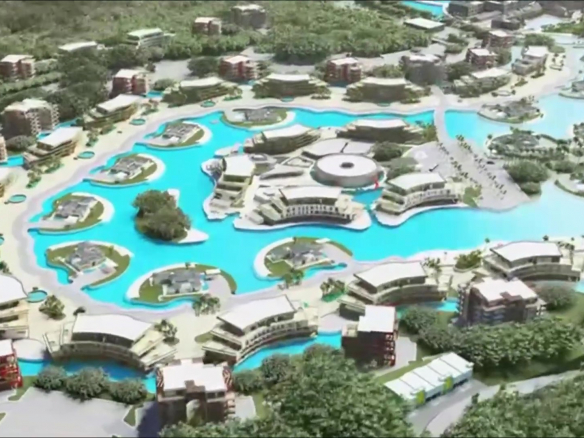Introduction
The Dominican Republic’s stunning landscapes, vibrant culture, and growing real estate market make it an attractive destination for property buyers. Whether you’re looking for a vacation home, an investment property, or a permanent residence, purchasing real estate in the Dominican Republic can be a rewarding endeavor. In this comprehensive guide, we’ll walk you through the step-by-step process of buying property in this Caribbean paradise.
Step 1: Research and Location Selection
Before diving into the property market, take the time to research different regions of the Dominican Republic. Each area offers unique features and appeals, from the bustling beaches of Punta Cana to the historic charm of Santo Domingo. Consider your lifestyle preferences, budget, and long-term goals when selecting a location.
Step 2: Legal Requirements and Documentation
Tag: Legal Requirements, Documentation, Property Title
Understanding the legal requirements for property acquisition in the Dominican Republic is crucial. Consult with a local attorney who specializes in real estate transactions to guide you through the process. Ensure that the property you’re interested in has a clear title, free from any encumbrances or disputes.
Step 3: Due Diligence and Property Inspection
Conduct thorough due diligence on the property. Inspect the condition of the property, ensuring it aligns with your expectations. Verify property boundaries and review any existing survey documents. Confirm that utilities and infrastructure are in good working order.
Step 4: Price Negotiation and Offer
Tag: Price Negotiation, Offer, Real Estate Agent
Hiring a qualified real estate agent can facilitate the negotiation process. Make an offer based on market research, property condition, and your budget. Negotiation in the Dominican Republic can be flexible, so be prepared to engage in back-and-forth discussions to reach an agreement with the seller.
Step 5: Sales Agreement and Deposit
Once both parties agree on the terms, a sales agreement is drafted. This document outlines the purchase details, including the price, payment schedule, and expected closing date. A deposit, typically 10% of the purchase price, is required at this stage.
Step 6: Property Appraisal and Inspection
A property appraisal is often required for financing purposes. Simultaneously, a property inspection should be carried out to identify any potential issues. If the inspection reveals significant problems, you can renegotiate or withdraw your offer.
Step 7: Closing Process and Legal Assistance
Tag: Closing Process, Legal Assistance, Closing Costs
Engage an attorney to oversee the closing process. All parties involved, including the seller, buyer, and legal representatives, meet to sign the final contract. The buyer pays the remaining balance, and the property title is transferred to the new owner.
Step 8: Payment and Taxes
Ensure that you have the necessary funds for the property purchase. Be prepared for additional costs, including property transfer taxes, legal fees, and registration fees. Your attorney can provide a breakdown of these expenses.
Step 9: Property Registration
After the transaction is complete, the property must be registered with the local land registry office to formalize your ownership.
Step 10: Enjoy Your New Property
Congratulations! You’re now the proud owner of a property in the Dominican Republic. Whether it’s for relaxation, investment, or a permanent residence, take the time to savor the beauty, culture, and warm hospitality that this Caribbean nation has to offer.
Conclusion
Buying property in the Dominican Republic is an exciting endeavor, but it requires careful planning and due diligence. By following these steps and seeking professional guidance, you can navigate the process smoothly and turn your dream of owning a piece of paradise into a reality.




